
Soucé (The Gambia), 2006
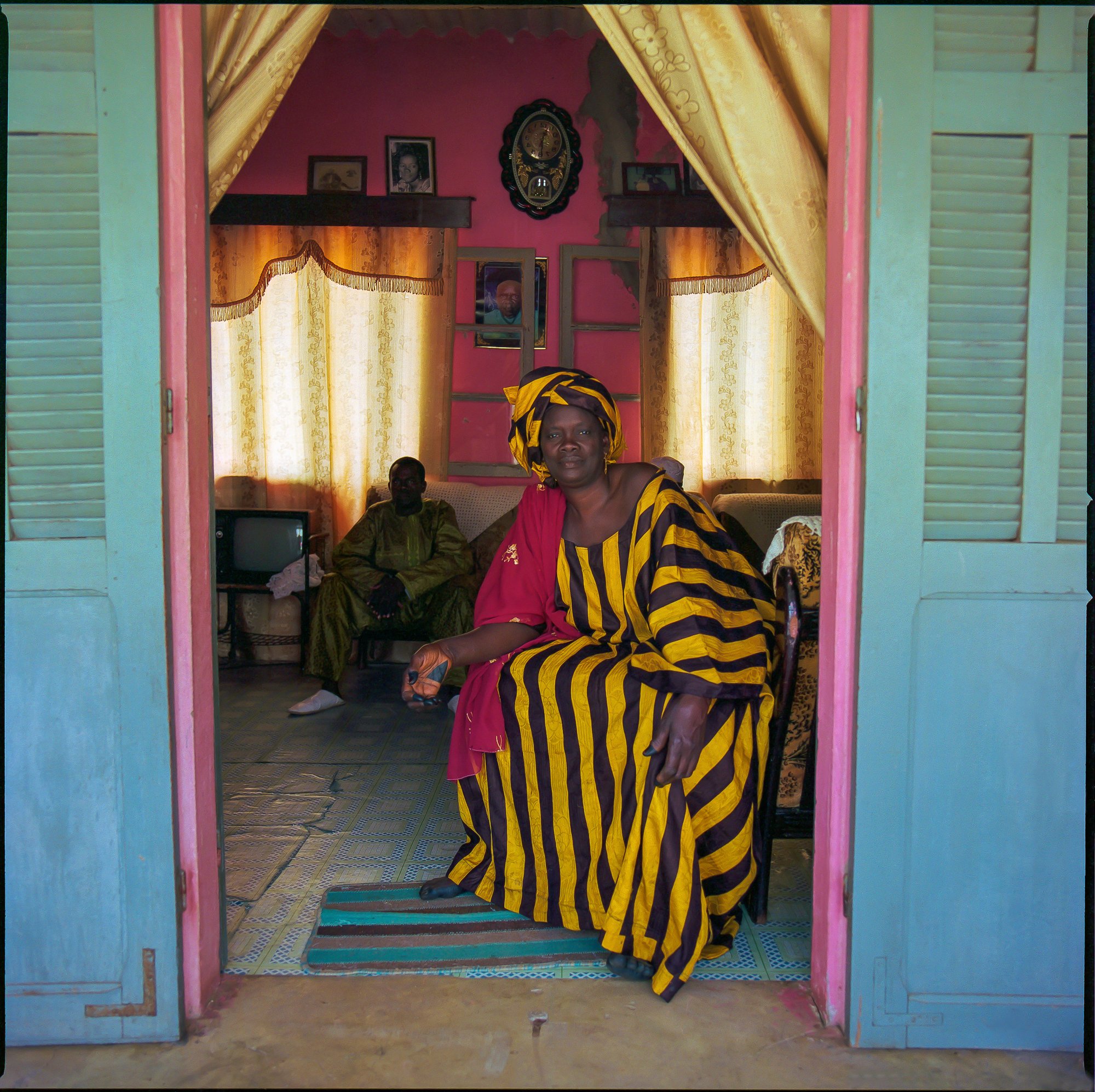
Mere Batche (Senegal) , 2007
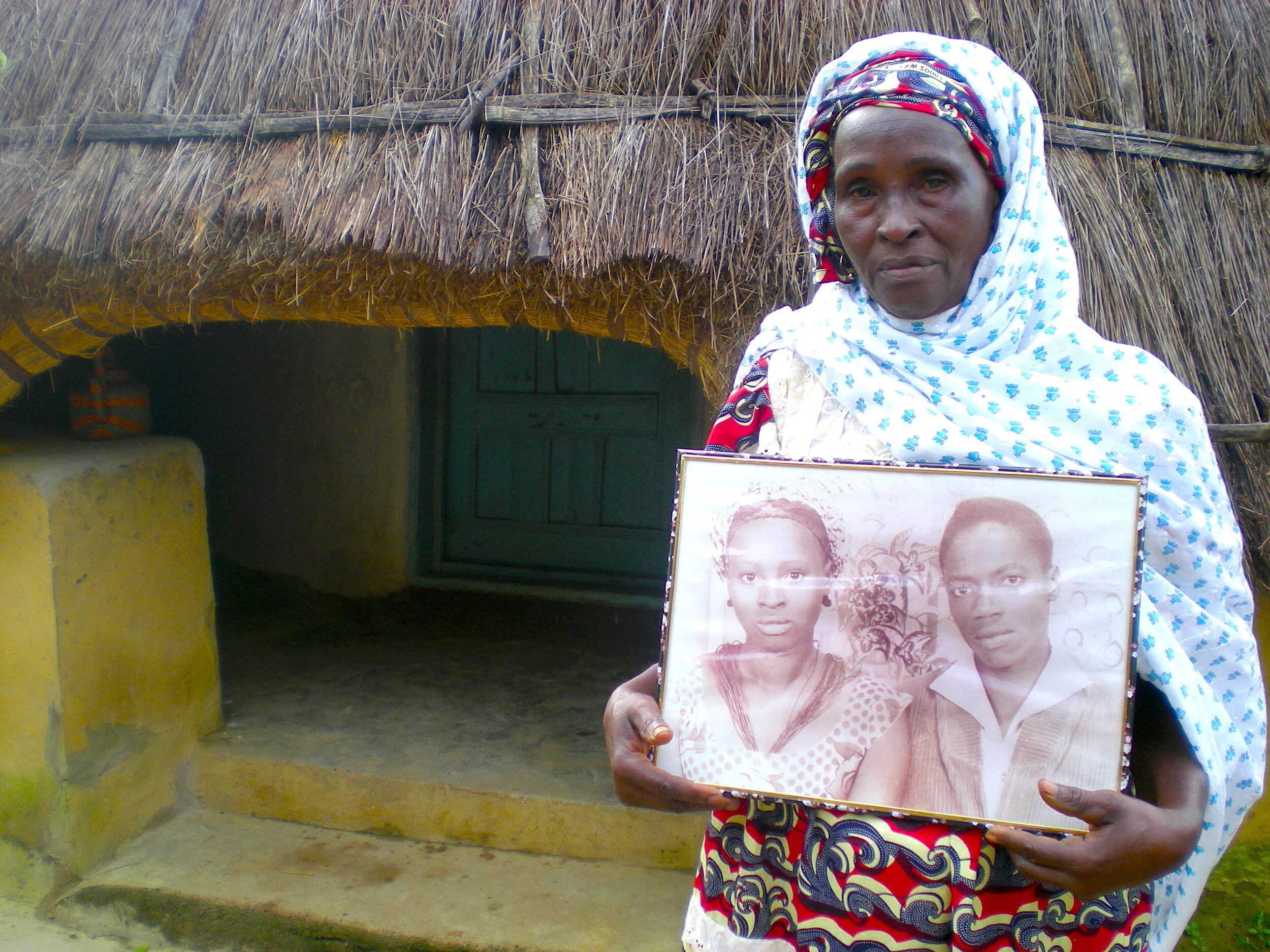
Nene Baba, Guinea, 2007
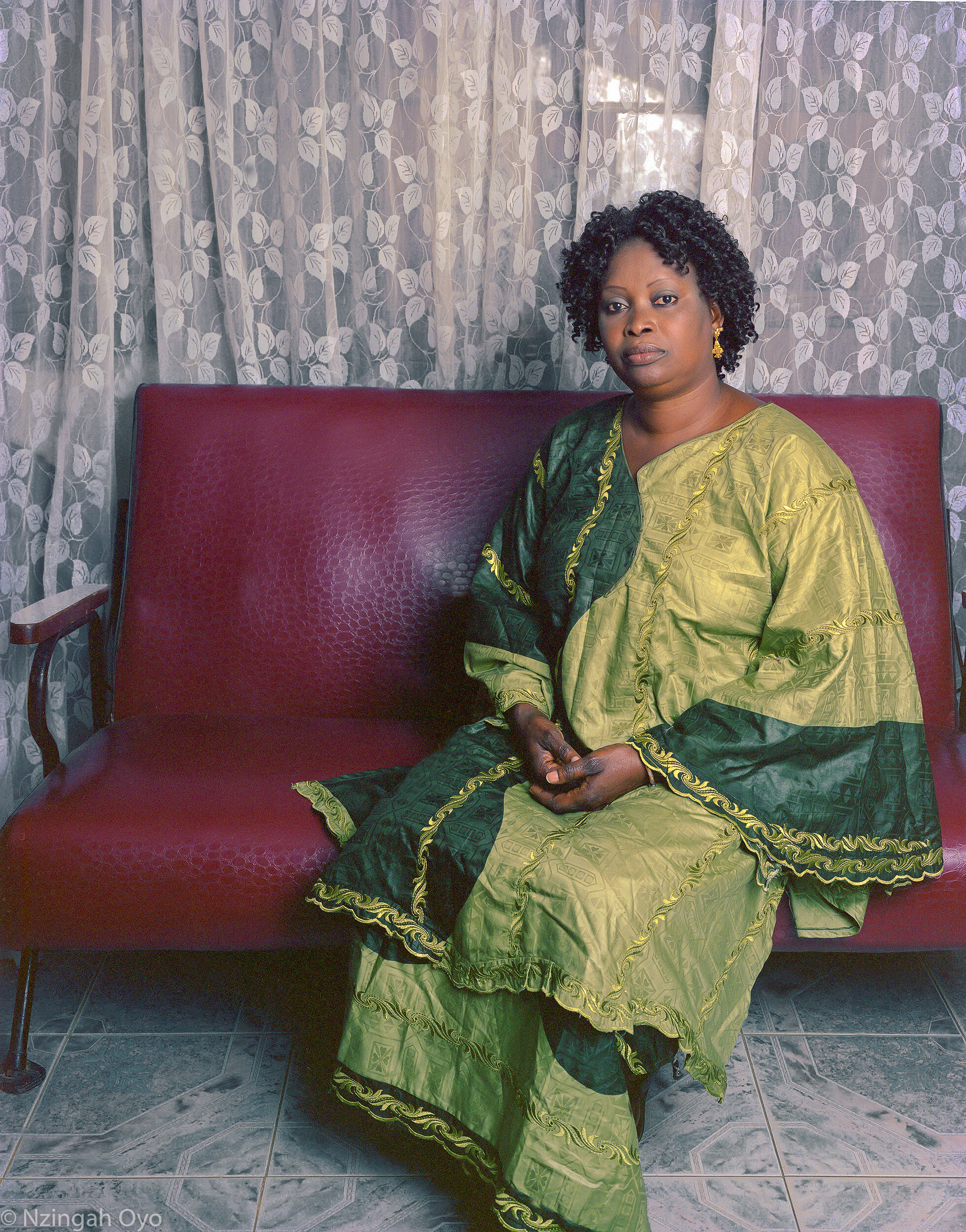
Maimouna (The Gambia), 2006
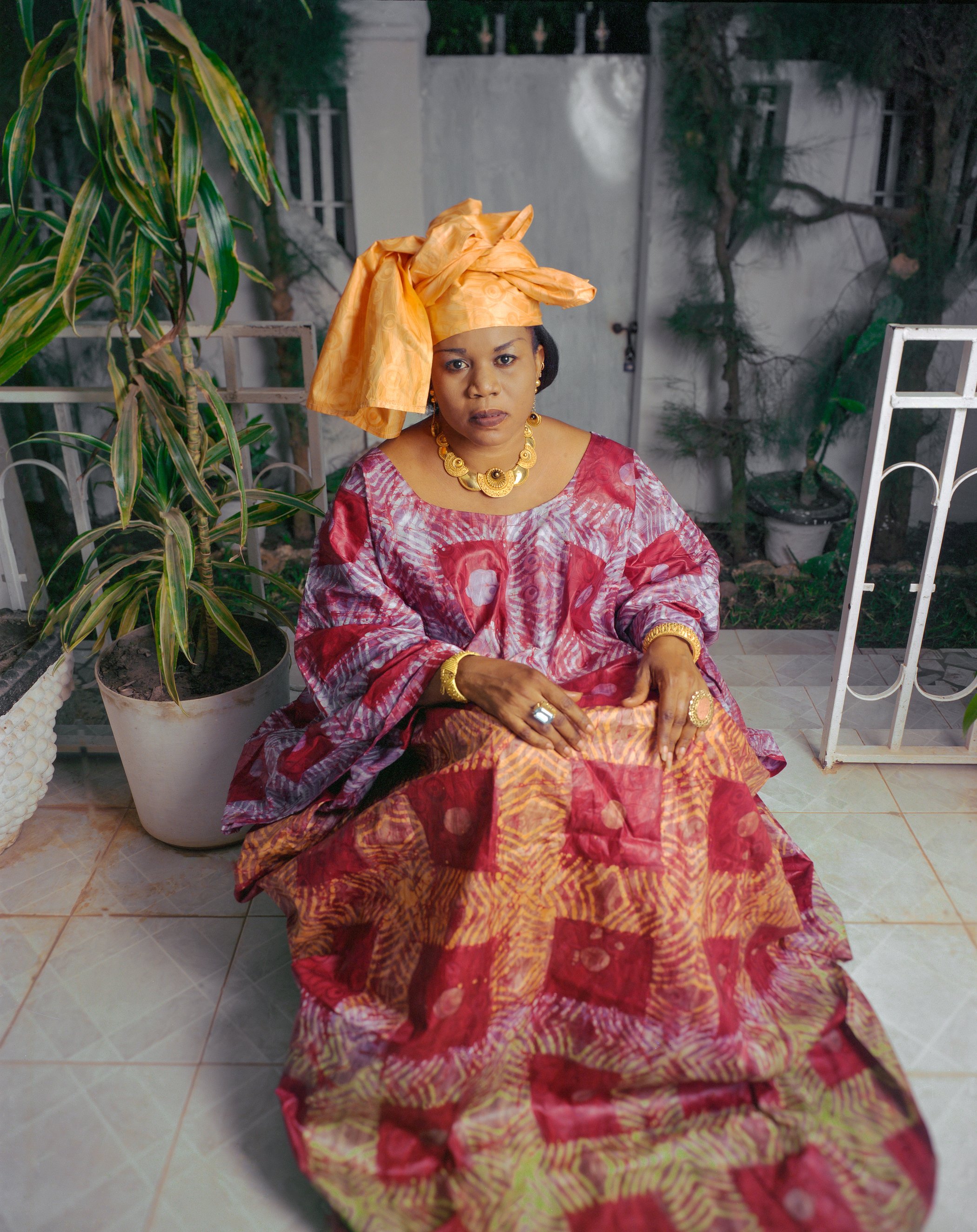
Fat Diange (The Gambia), 2005

Aminta 2 (The Gambia), 2006

Self Portrait (The Gambia) 2006
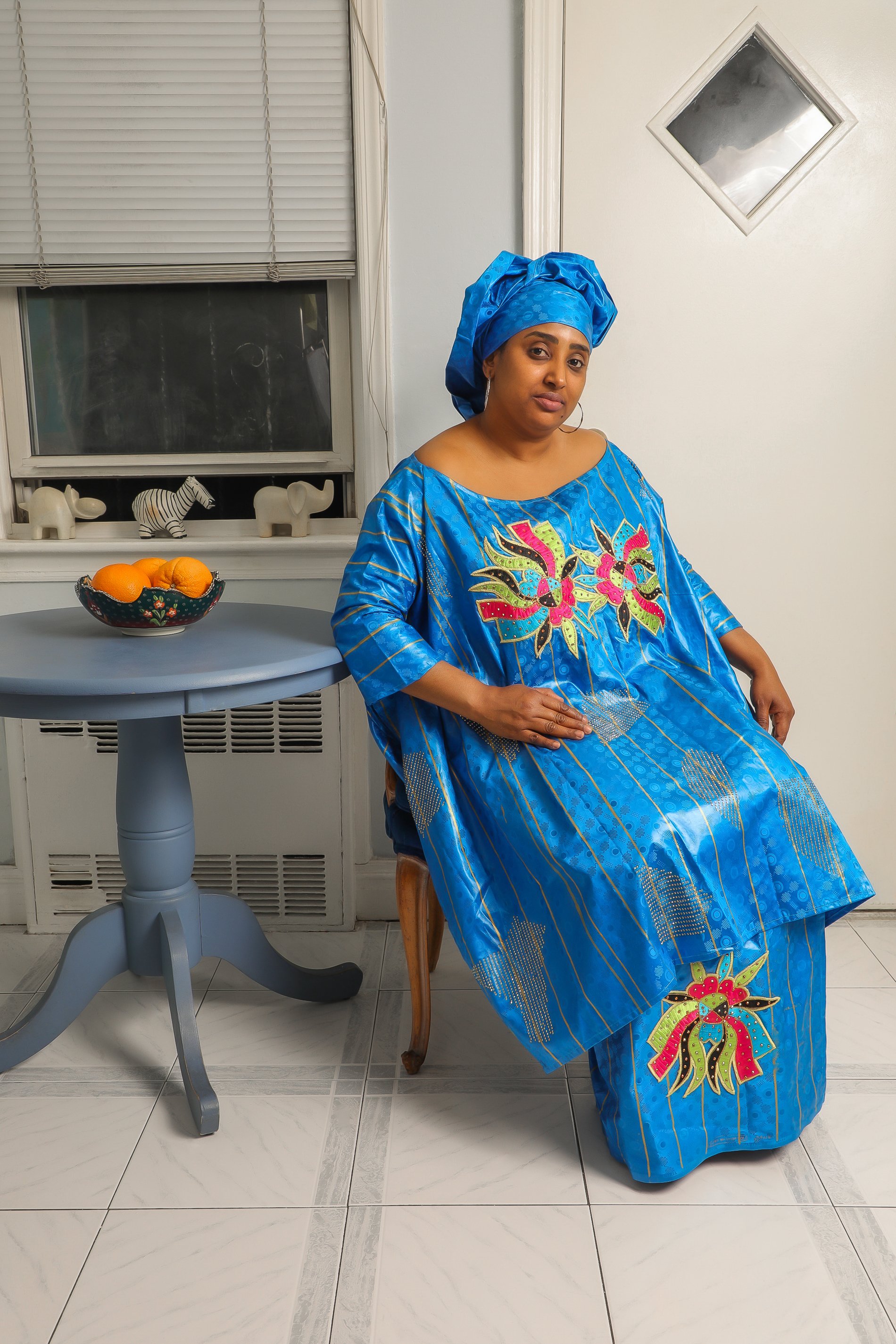
Aissatou (New York), 2021
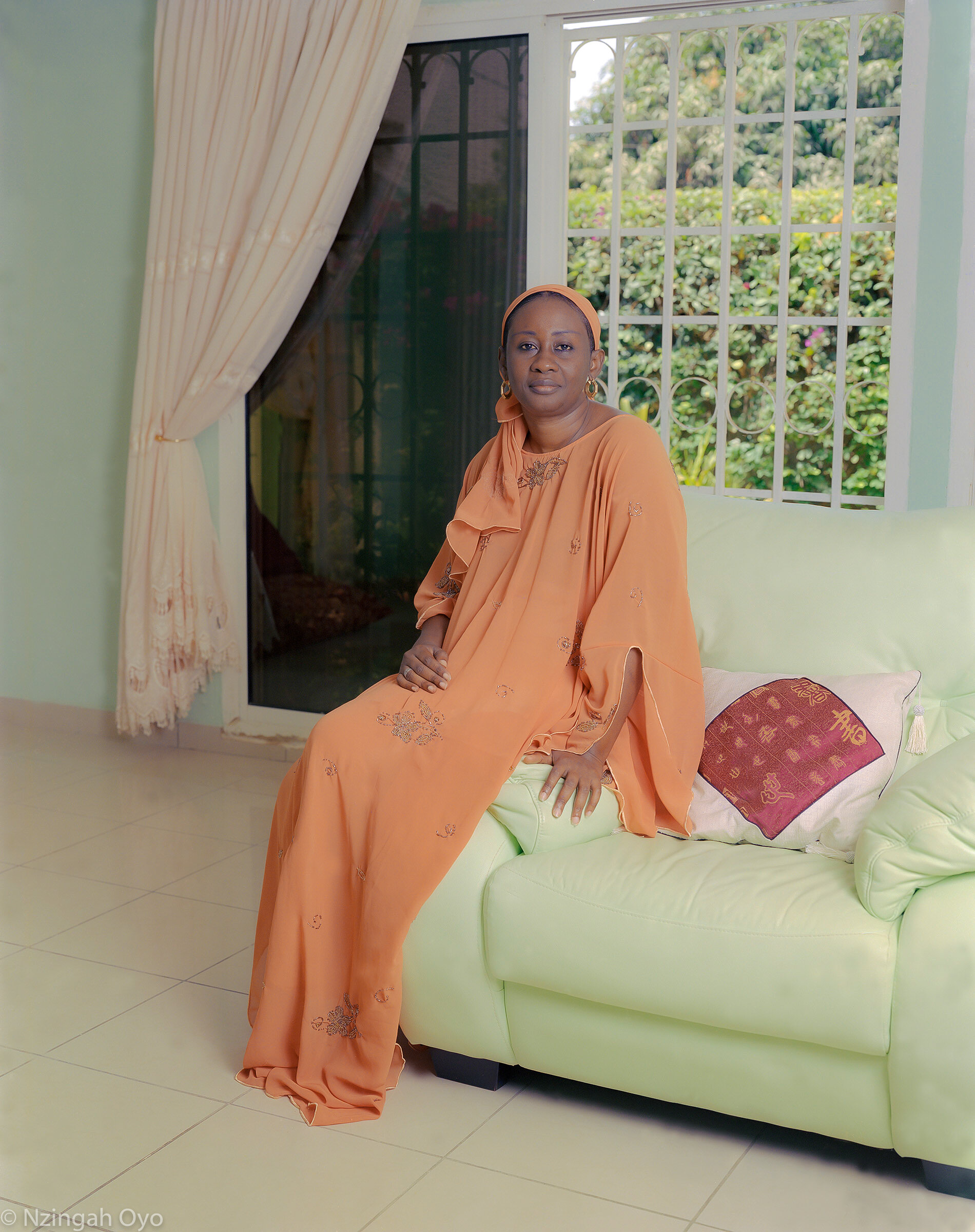
Yeta 2 (The Gambia), 2005
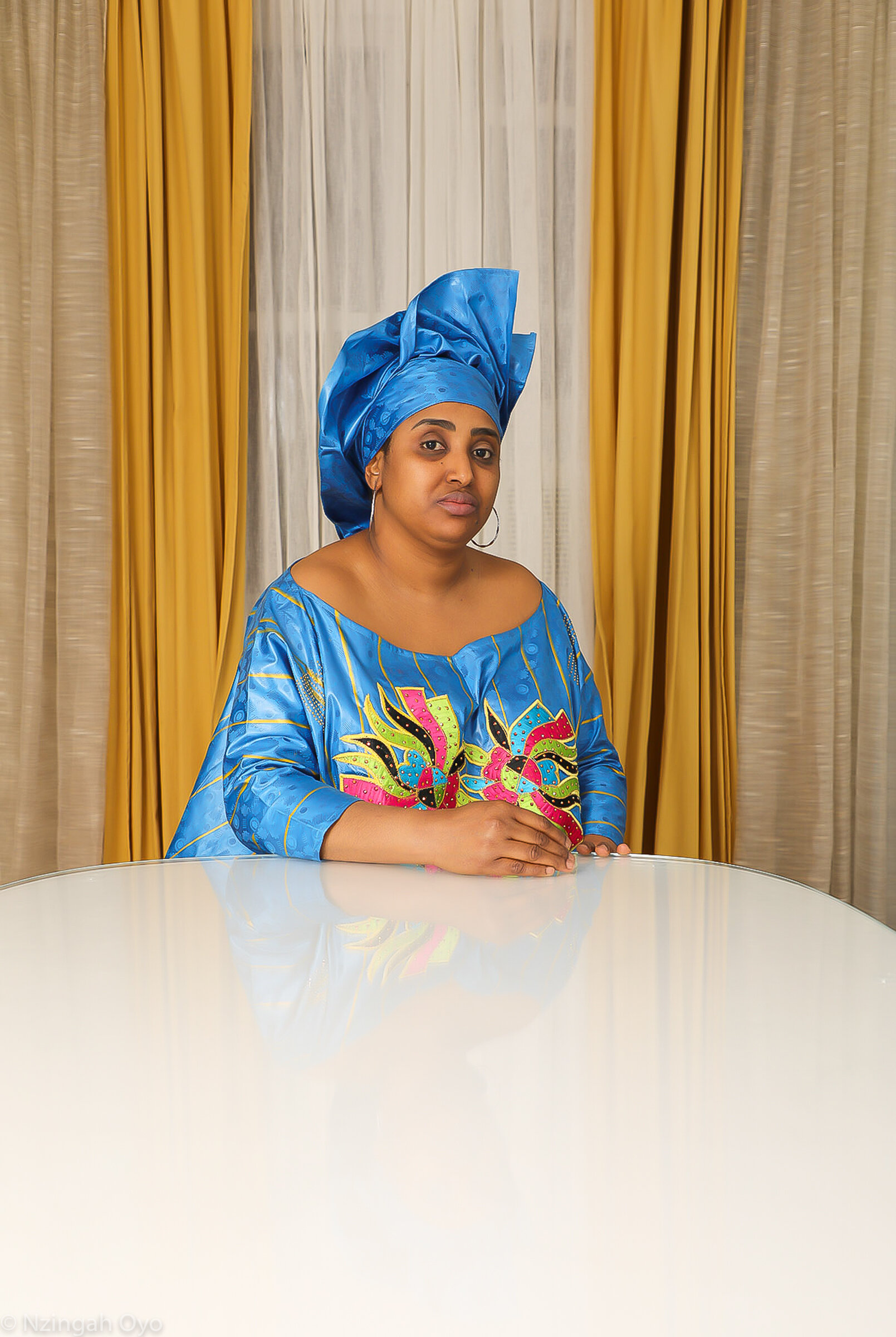
Aissatou (New York), 2021
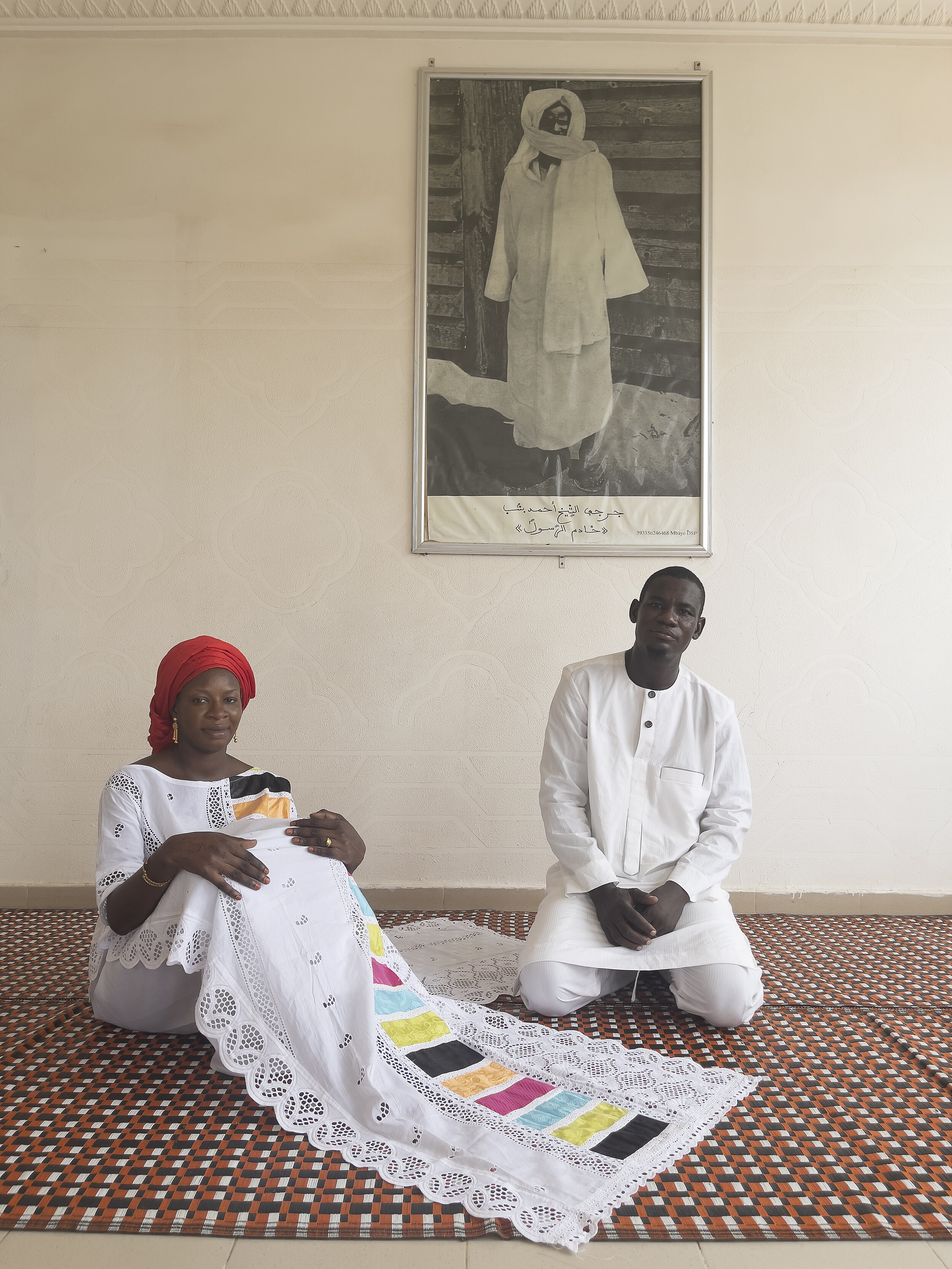
Daba & Demba (Touba, Senegal), 2021
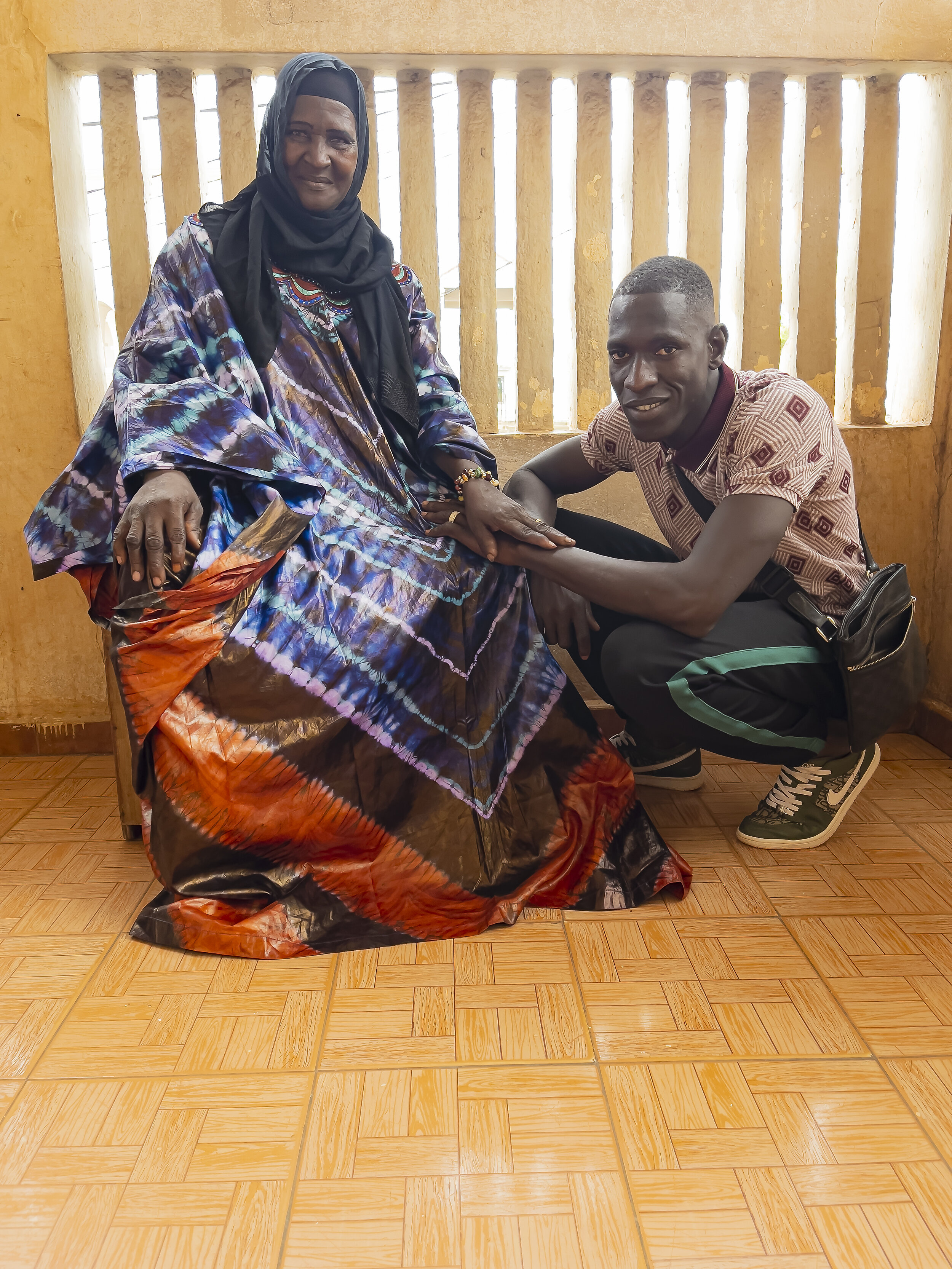
Aramata & Sanoussi, Mali, 2021
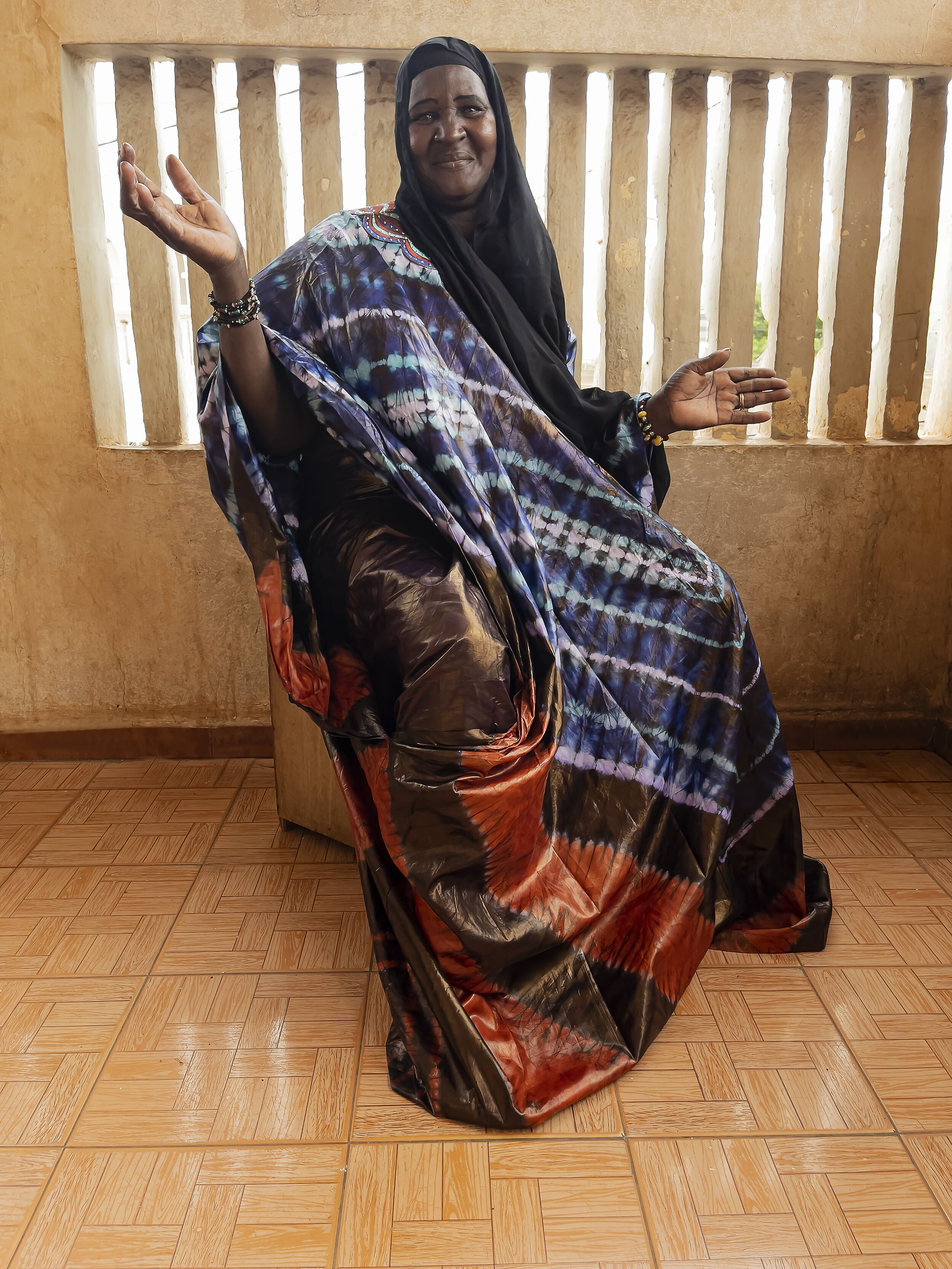
Aramata, Mali, 2021
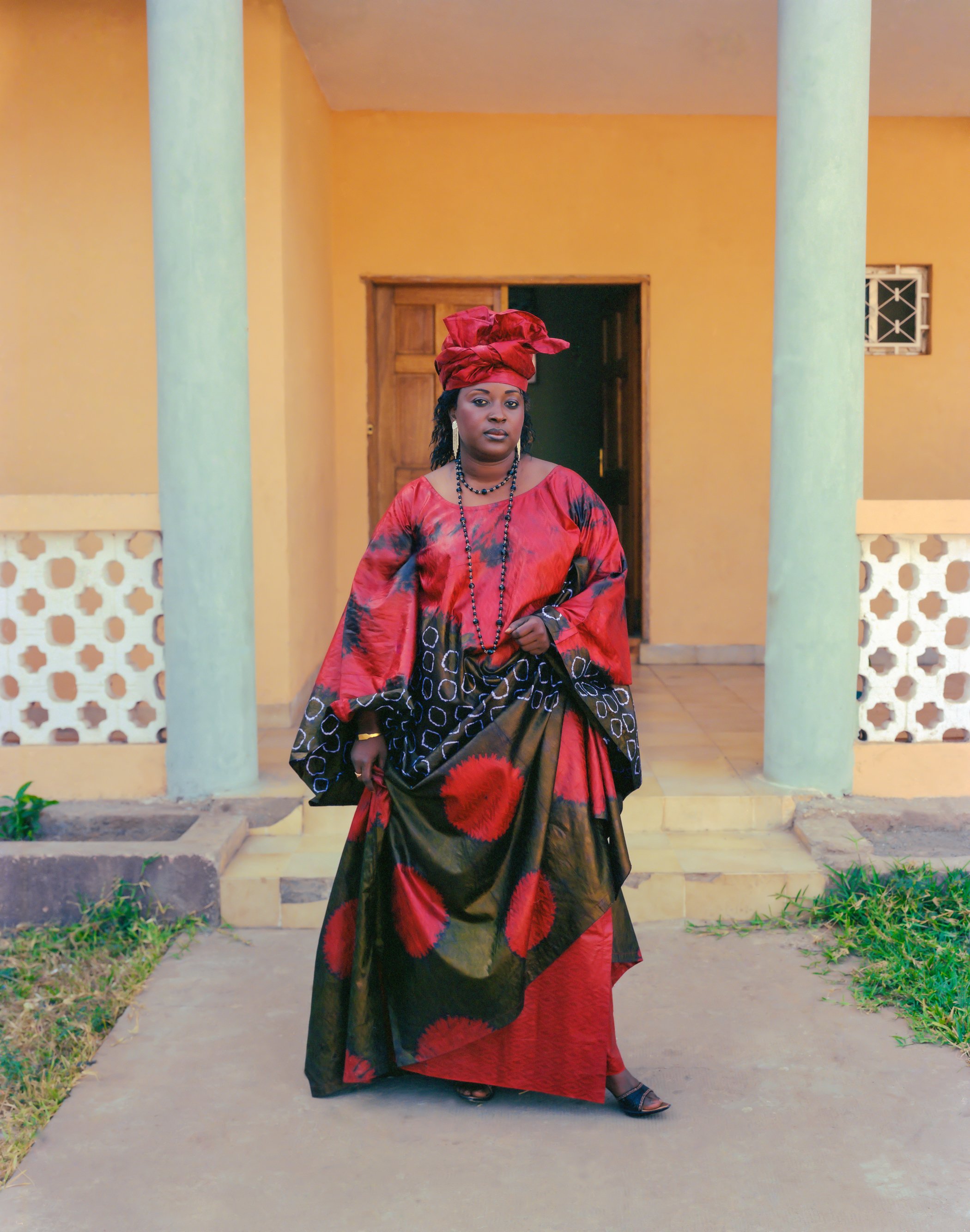
Aminta (The Gambia), 2005

Haddy Ndiaye (The Gambia), 2006
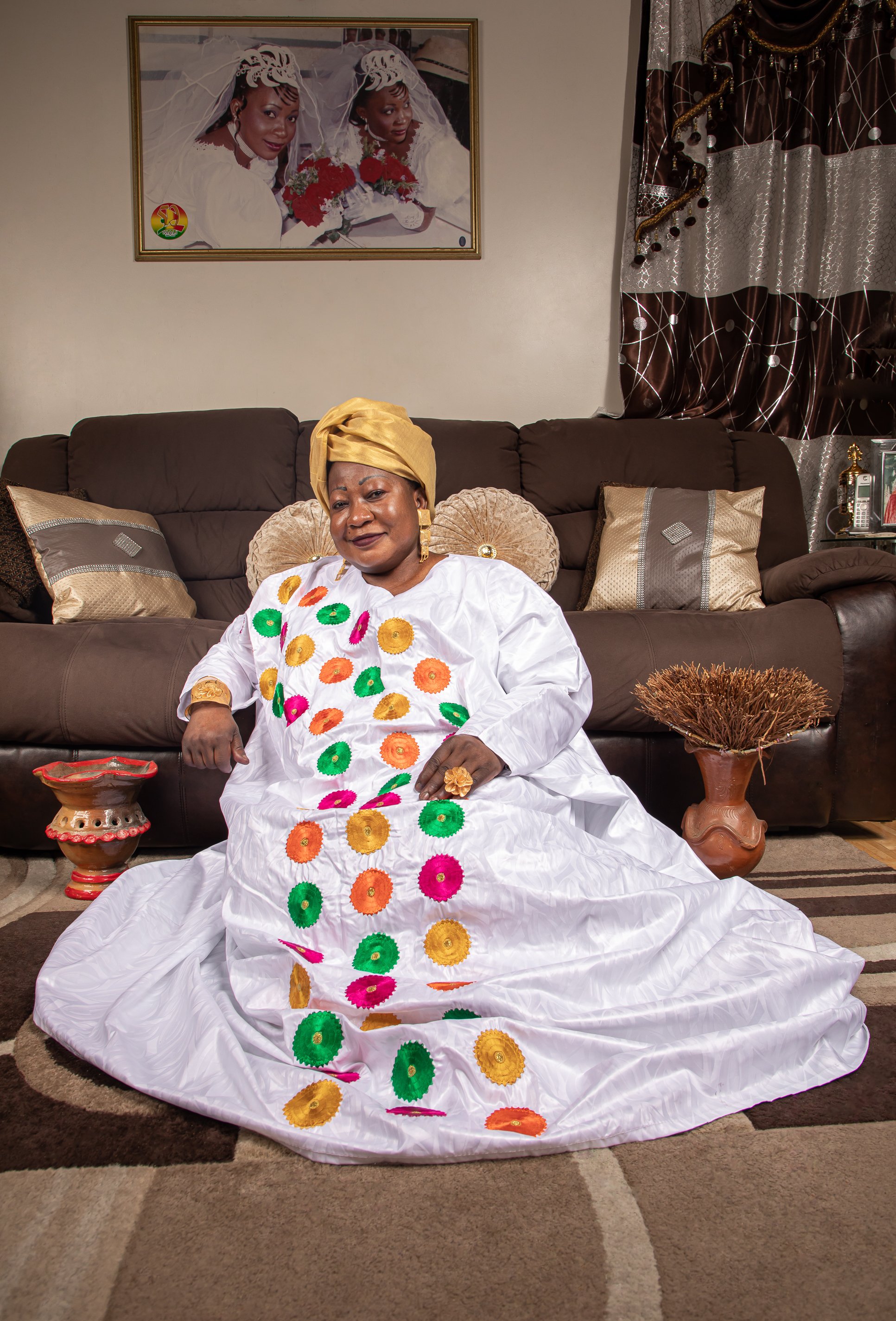
Awa, 2022, NYC
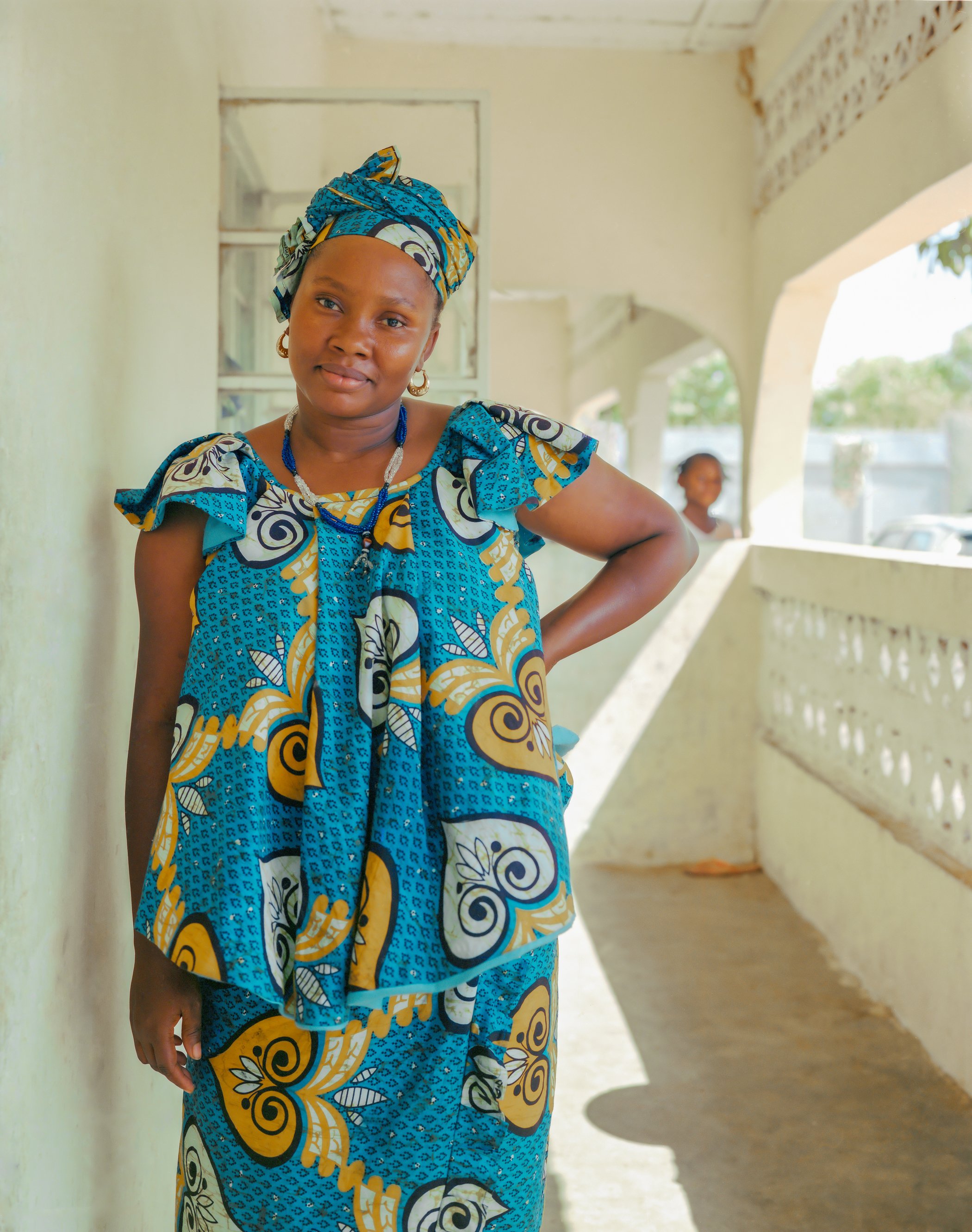
Binta (The Gambia), 2006
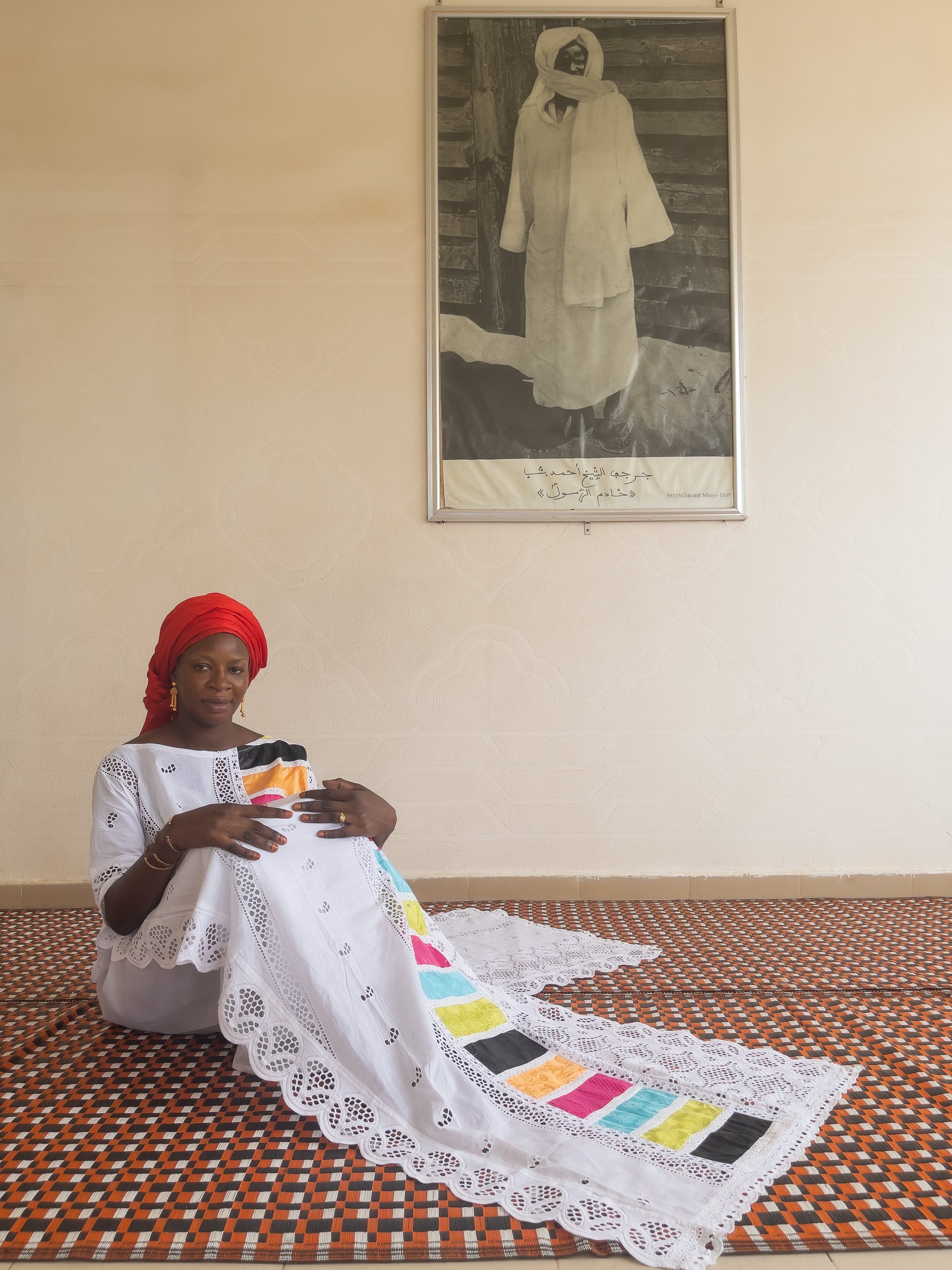
Daba (Touba, Senegal), 2021
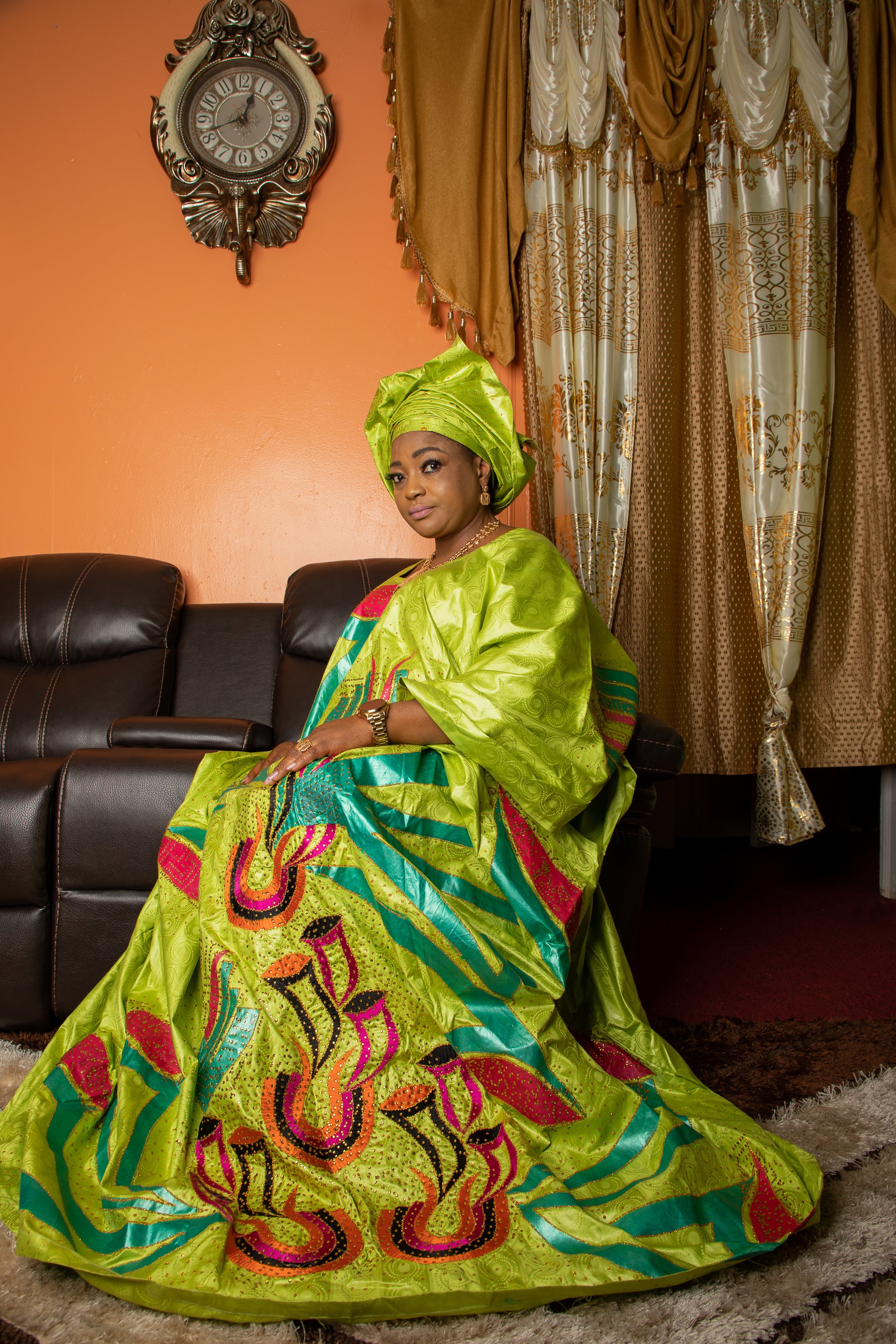
Doussoughbe, 2022, NYC

Self Portrait (The Gambia), 2006
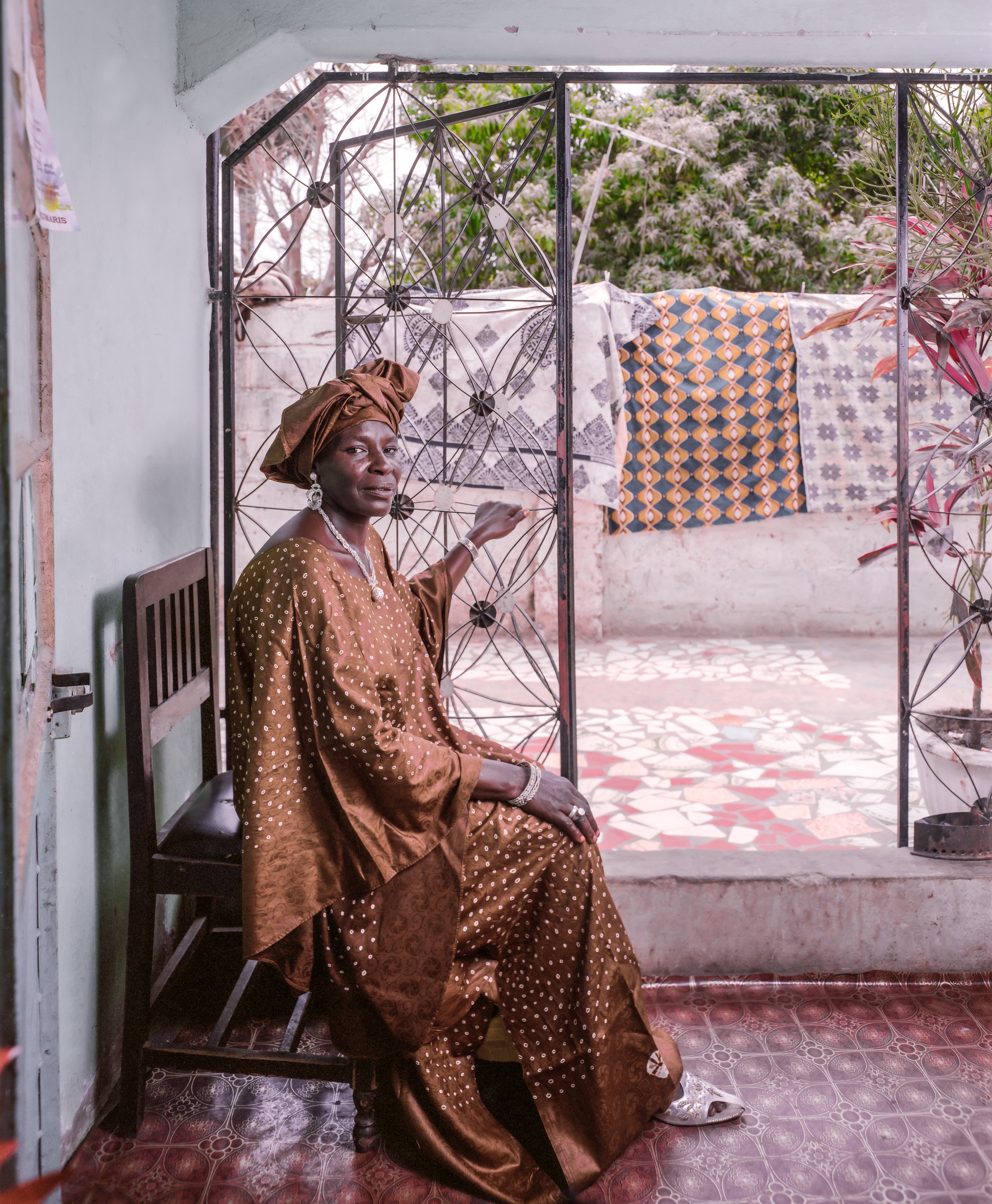
Professor Haddy (The Gambia), 2005
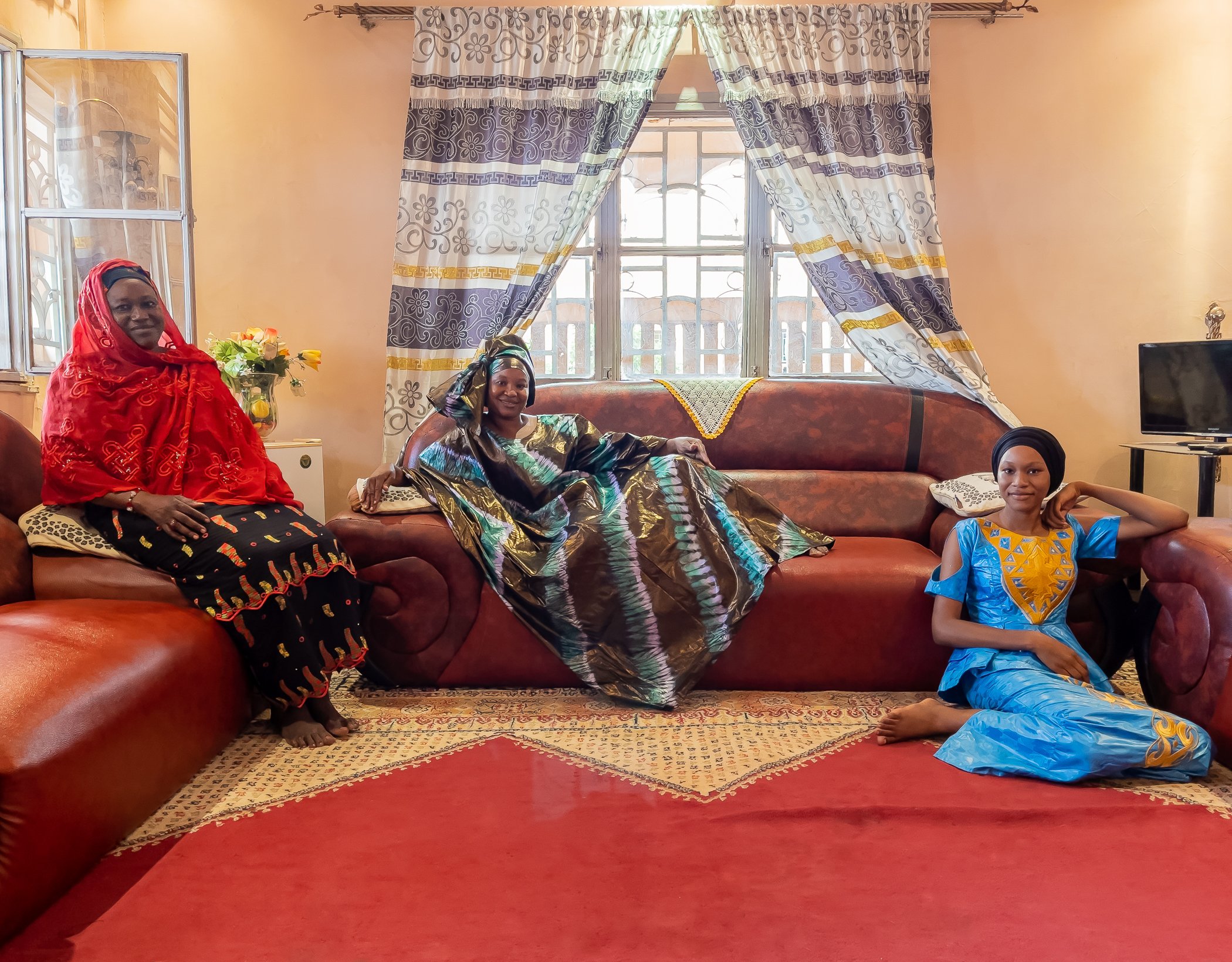
Manda & Mariama, Mali, 2021
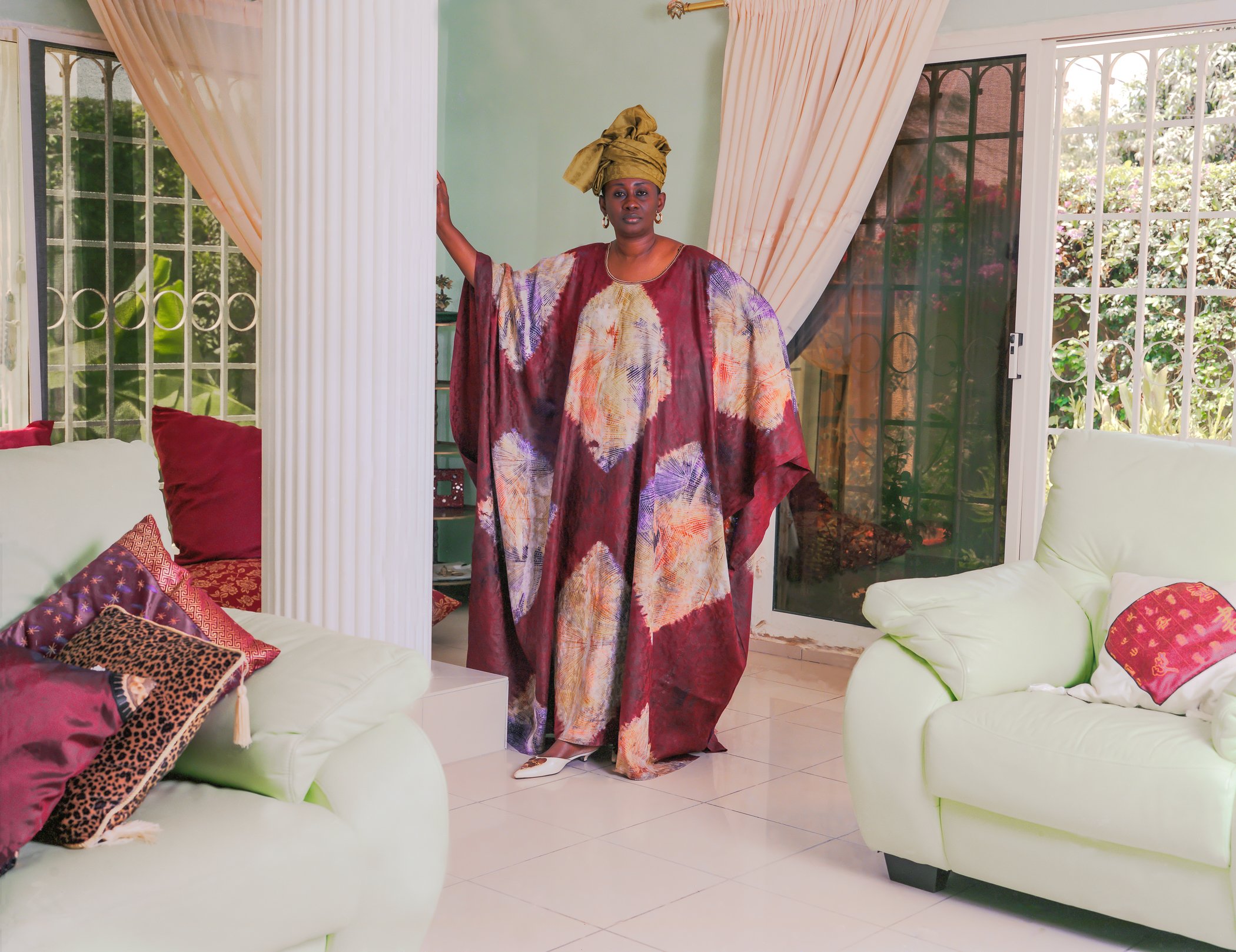
Yeta (The Gambia), 2005
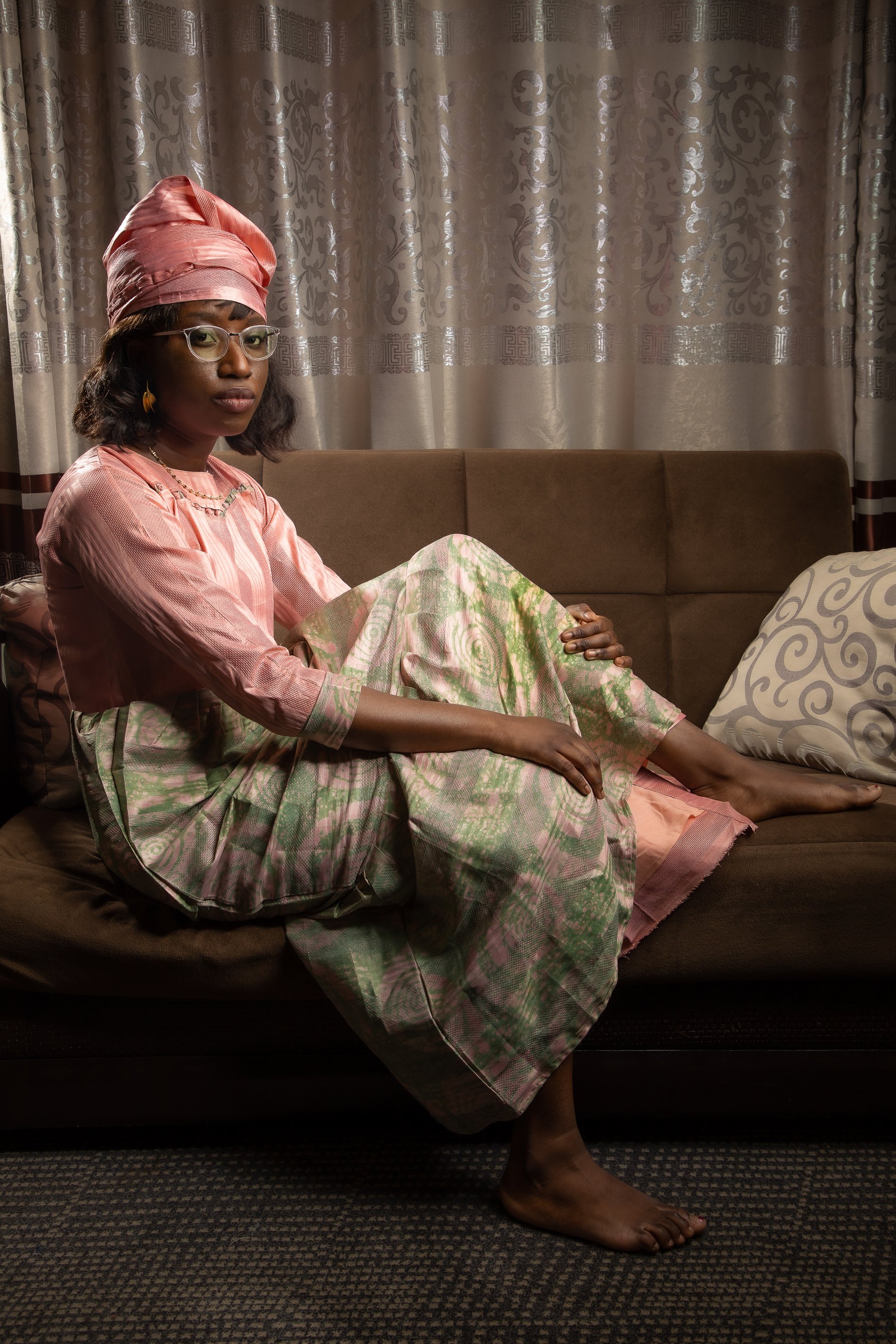
Houreidja, 2022, NYC
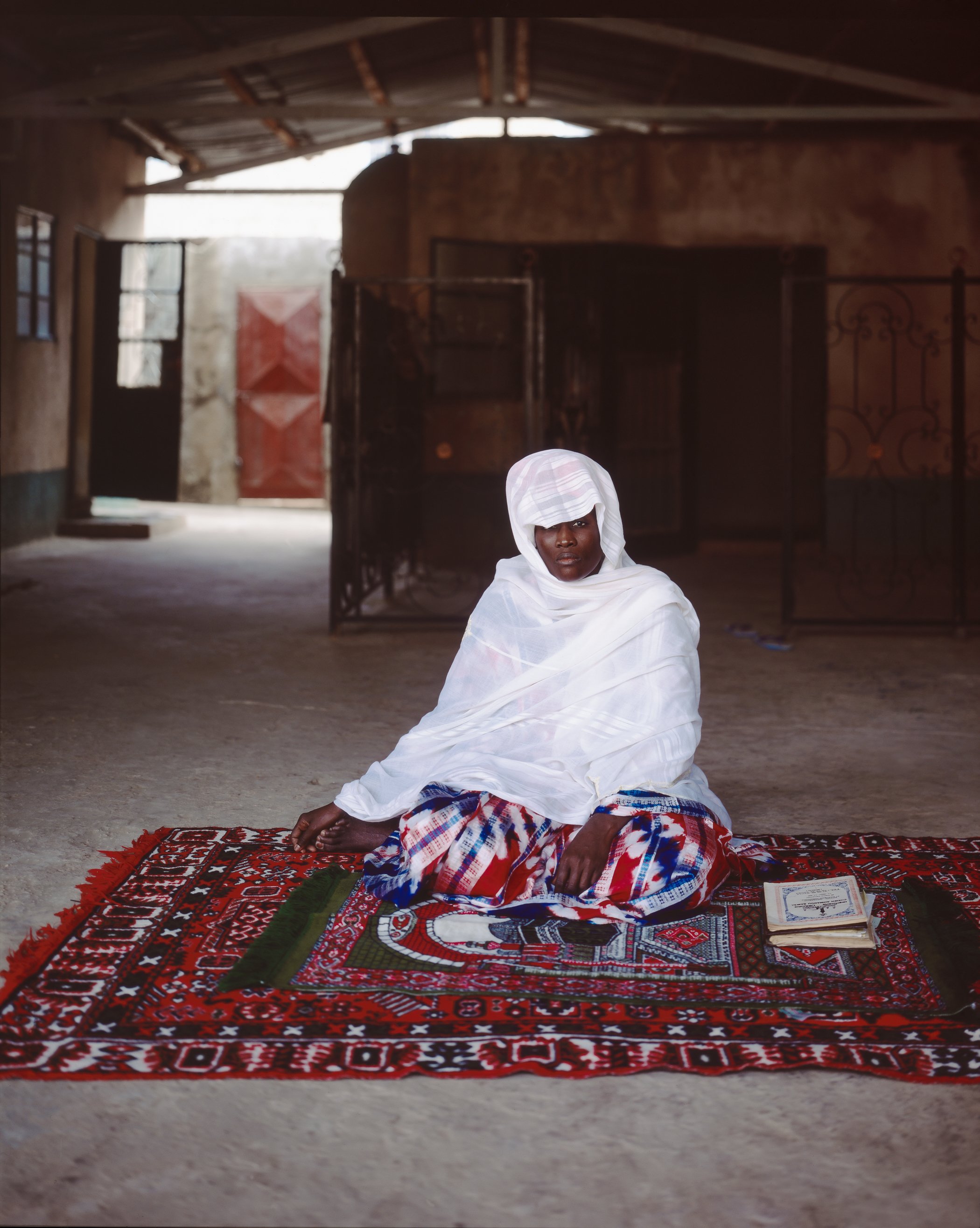
Madame Mbacke (The Gambia), 2006
